Market Growth Projections
The Global Ophthalmic Drugs and Devices Market Industry is projected to experience substantial growth over the next decade. With a valuation of 83.3 USD Billion in 2024, the market is expected to reach 249.3 USD Billion by 2035. This growth trajectory indicates a compound annual growth rate of 10.48% from 2025 to 2035. Various factors, including the rising prevalence of eye disorders, technological advancements, and increased investment in research and development, contribute to this optimistic outlook. The market's expansion reflects the ongoing need for innovative solutions in ophthalmic care.
Rising Prevalence of Eye Disorders
The Global Ophthalmic Drugs and Devices Market Industry is experiencing growth due to the increasing prevalence of eye disorders such as cataracts, glaucoma, and age-related macular degeneration. According to the World Health Organization, millions of individuals are affected by these conditions, leading to a heightened demand for effective treatment options. As the global population ages, the incidence of these disorders is expected to rise, further driving the market. The industry is projected to reach a valuation of 83.3 USD Billion in 2024, indicating a robust need for innovative ophthalmic drugs and devices to address these challenges.
Aging Population and Lifestyle Changes
The demographic shift towards an aging population, coupled with lifestyle changes, is a key driver of the Global Ophthalmic Drugs and Devices Market Industry. As individuals age, they become more susceptible to various eye disorders, necessitating medical intervention. Additionally, lifestyle factors such as increased screen time and poor dietary habits contribute to the rise in eye-related issues. This trend is expected to fuel demand for ophthalmic treatments and devices. The market's growth trajectory reflects these demographic and lifestyle changes, positioning it for continued expansion in the coming years.
Growing Awareness and Education Initiatives
The Global Ophthalmic Drugs and Devices Market Industry benefits from increasing awareness and education initiatives aimed at eye health. Public health campaigns and educational programs are effectively informing individuals about the importance of regular eye examinations and early detection of eye diseases. Organizations such as the International Agency for the Prevention of Blindness are actively promoting eye health awareness globally. This heightened awareness is likely to lead to increased demand for ophthalmic drugs and devices, as more individuals seek preventive care and treatment options. Consequently, the market is poised for growth as awareness continues to expand.
Increased Investment in Research and Development
Investment in research and development is a significant driver of the Global Ophthalmic Drugs and Devices Market Industry. Pharmaceutical companies and medical device manufacturers are allocating substantial resources to develop innovative therapies and devices. This focus on R&D is essential for addressing unmet medical needs and improving treatment efficacy. For example, recent advancements in gene therapy and regenerative medicine hold promise for treating previously untreatable eye conditions. As a result, the market is expected to grow substantially, with projections indicating a rise to 249.3 USD Billion by 2035, underscoring the importance of sustained investment in this sector.
Technological Advancements in Ophthalmic Devices
Technological innovations play a crucial role in the expansion of the Global Ophthalmic Drugs and Devices Market Industry. The development of advanced diagnostic tools, minimally invasive surgical techniques, and novel drug delivery systems has transformed the treatment landscape. For instance, the introduction of telemedicine in ophthalmology allows for remote consultations and monitoring, enhancing patient access to care. These advancements not only improve patient outcomes but also contribute to market growth. As the industry evolves, it is anticipated that the market will experience a compound annual growth rate of 10.48% from 2025 to 2035, reflecting the impact of these technological breakthroughs.


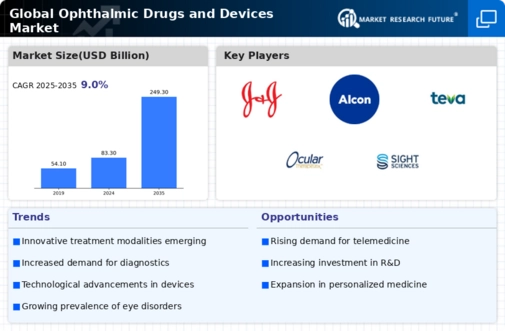

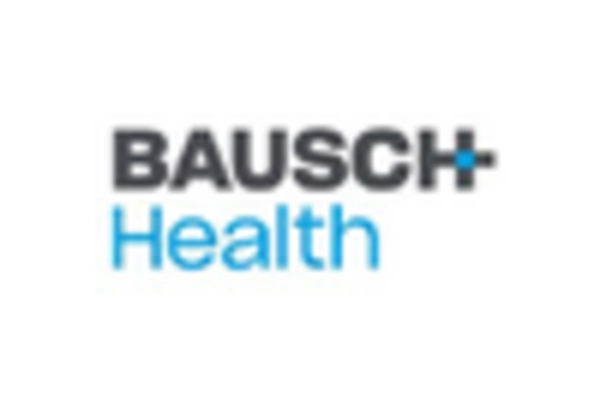
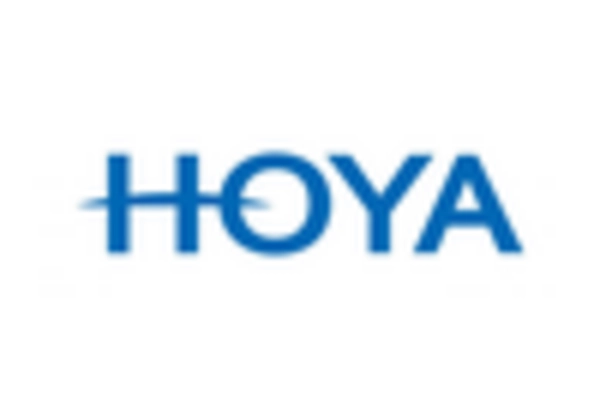

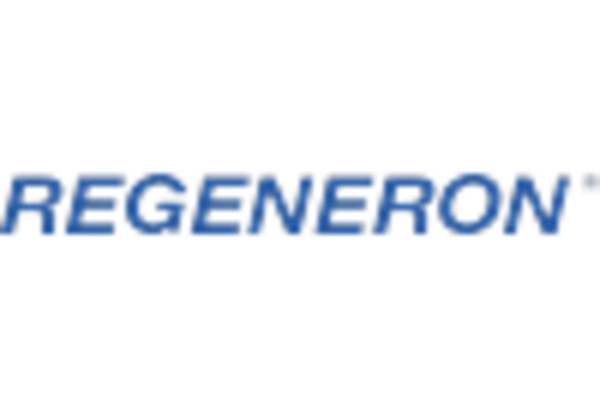
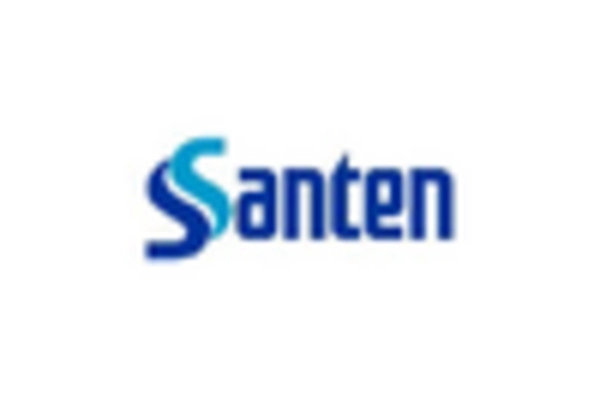








Leave a Comment